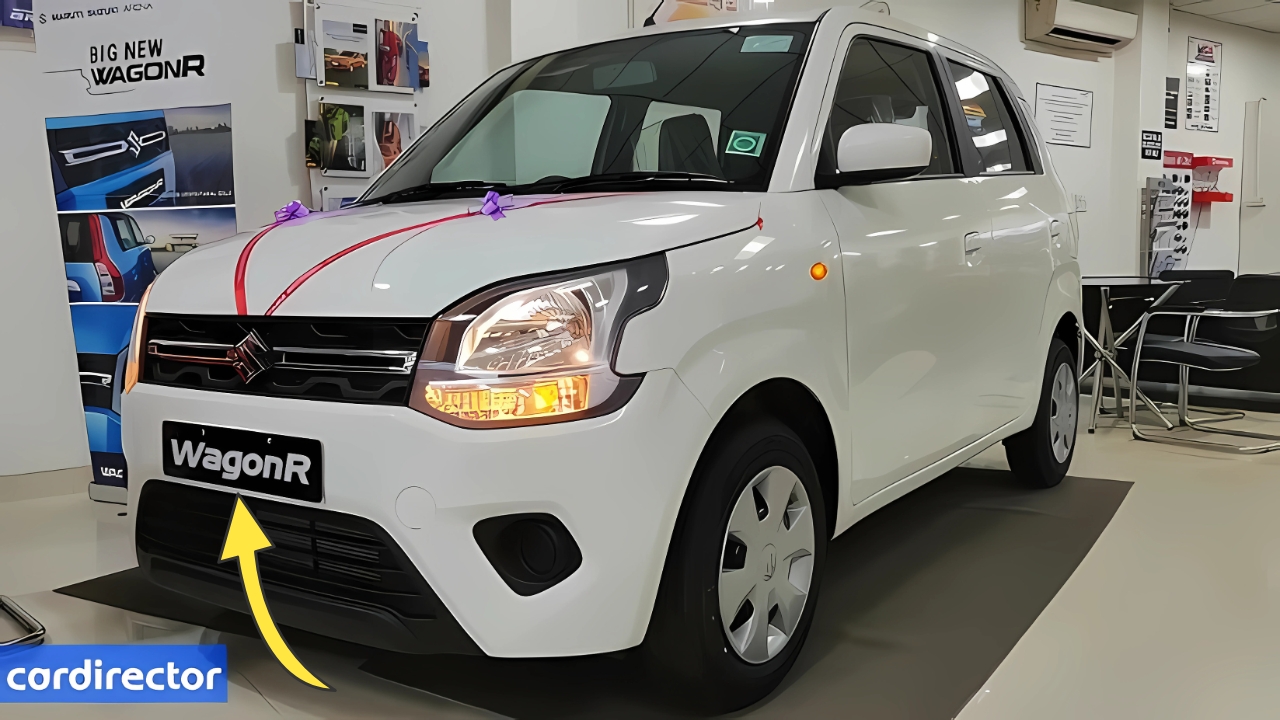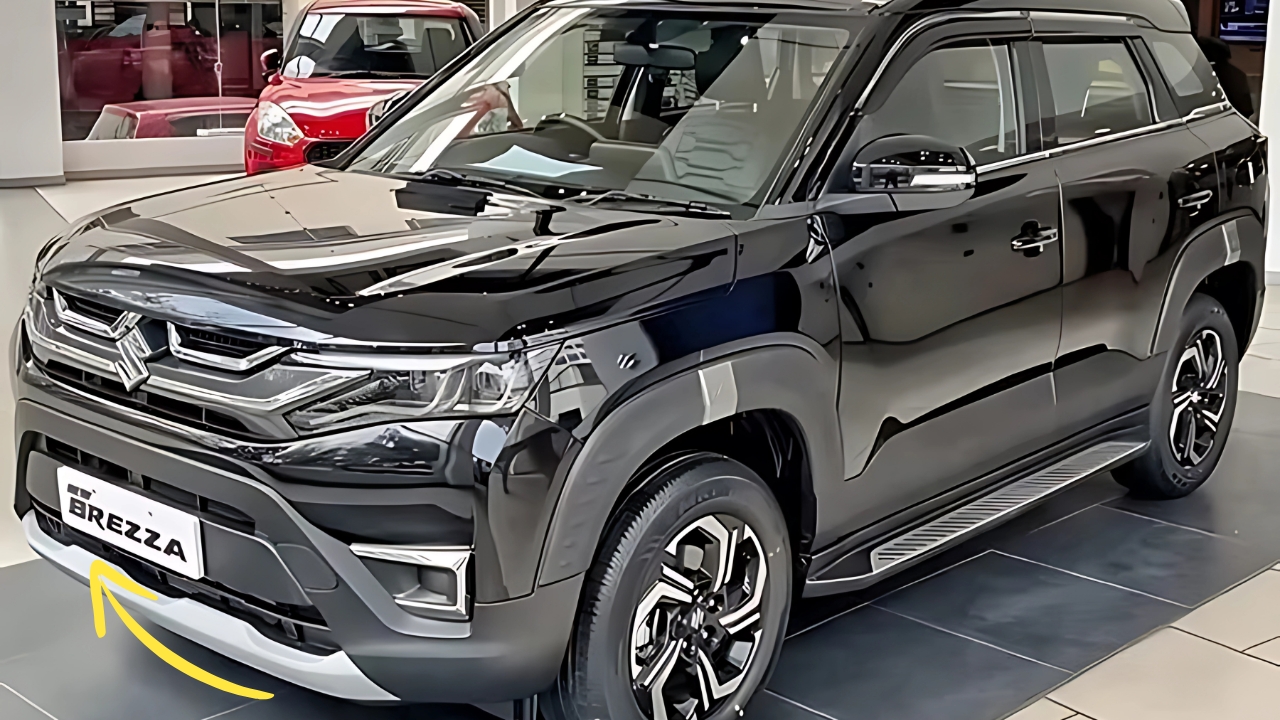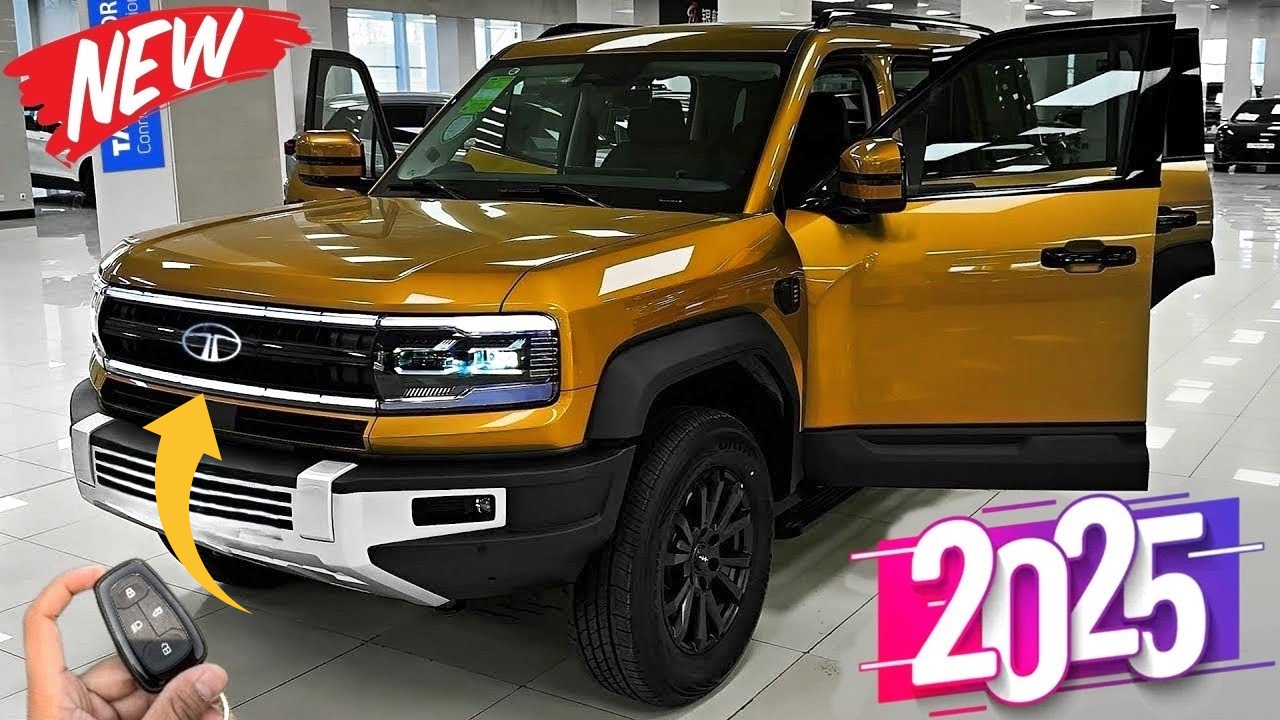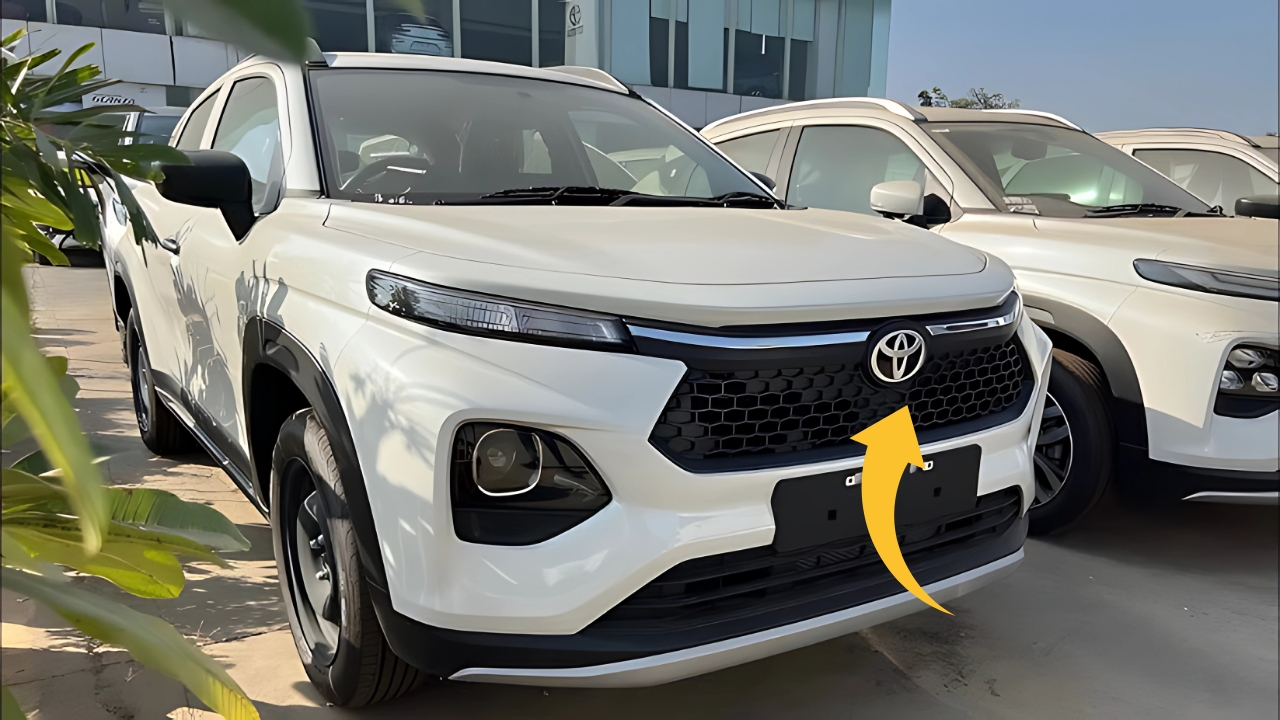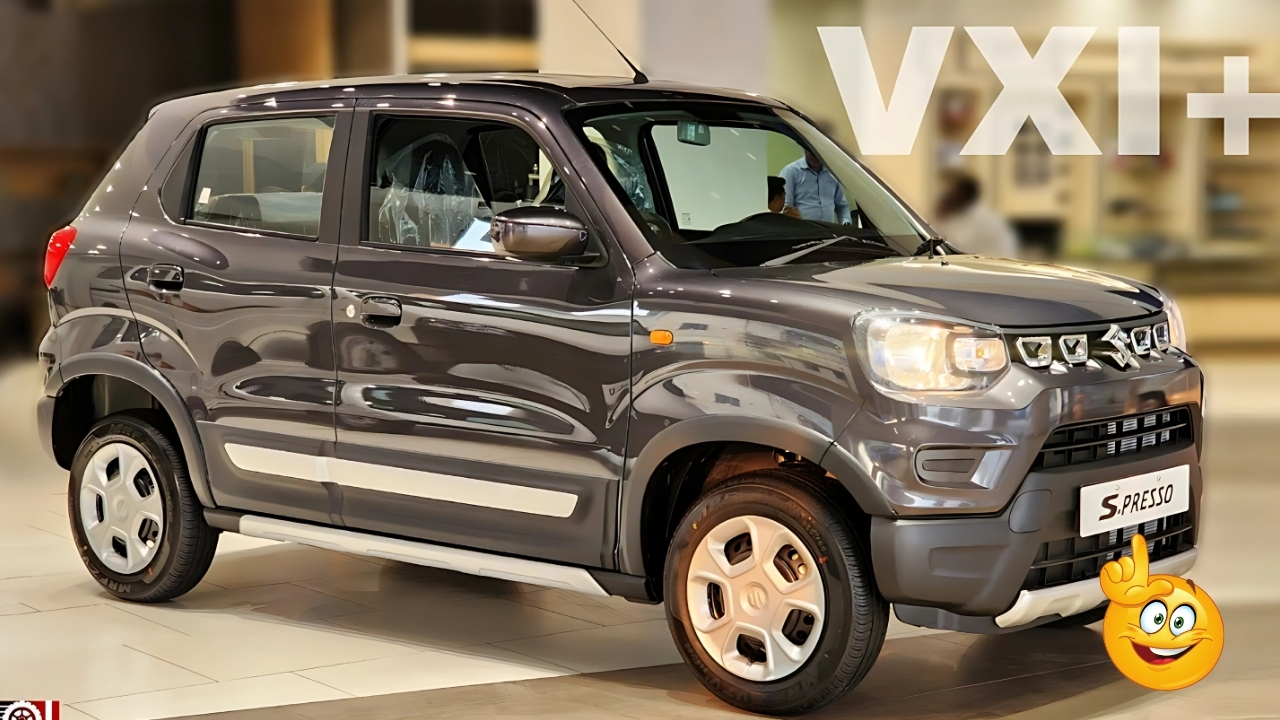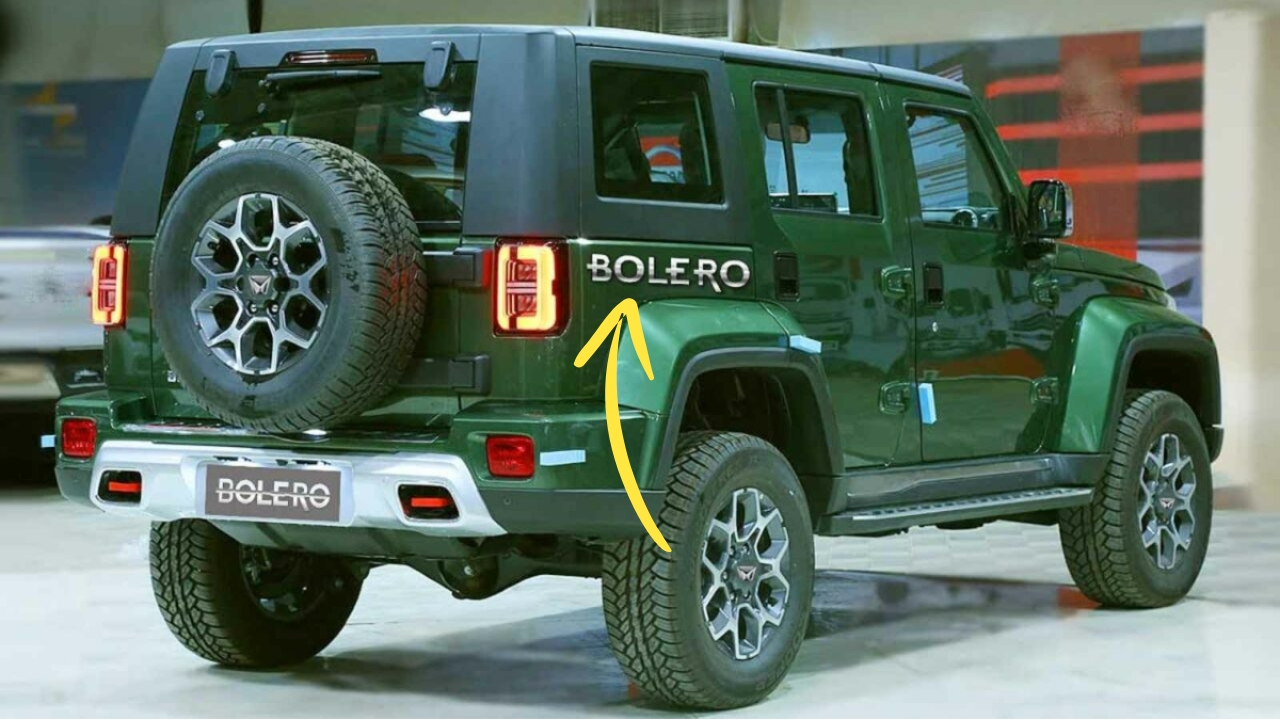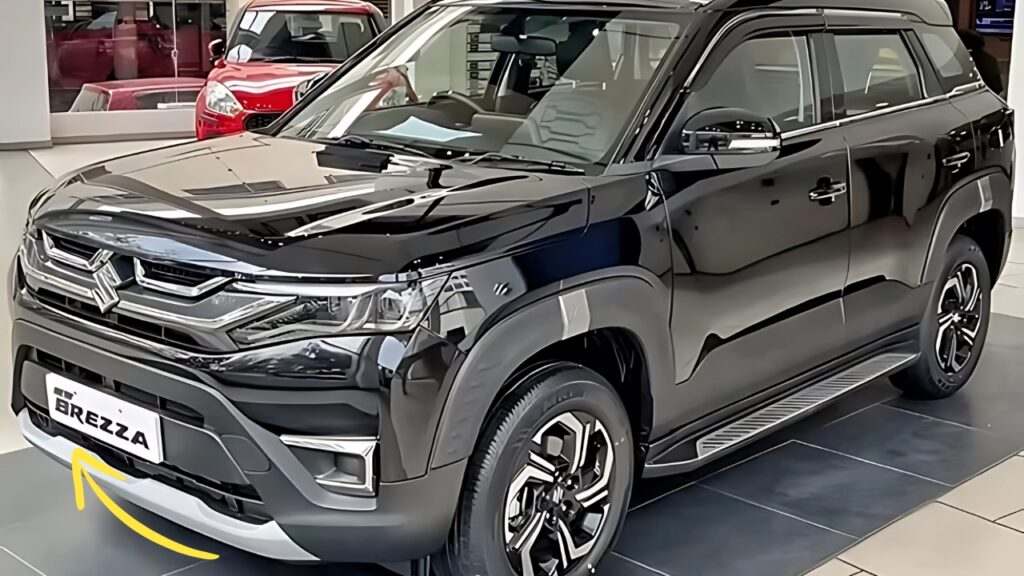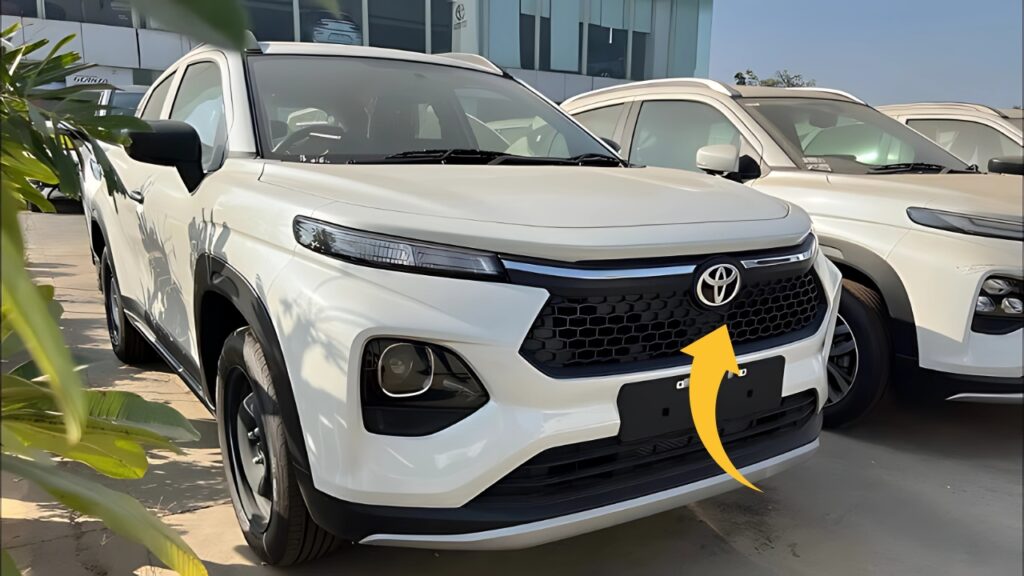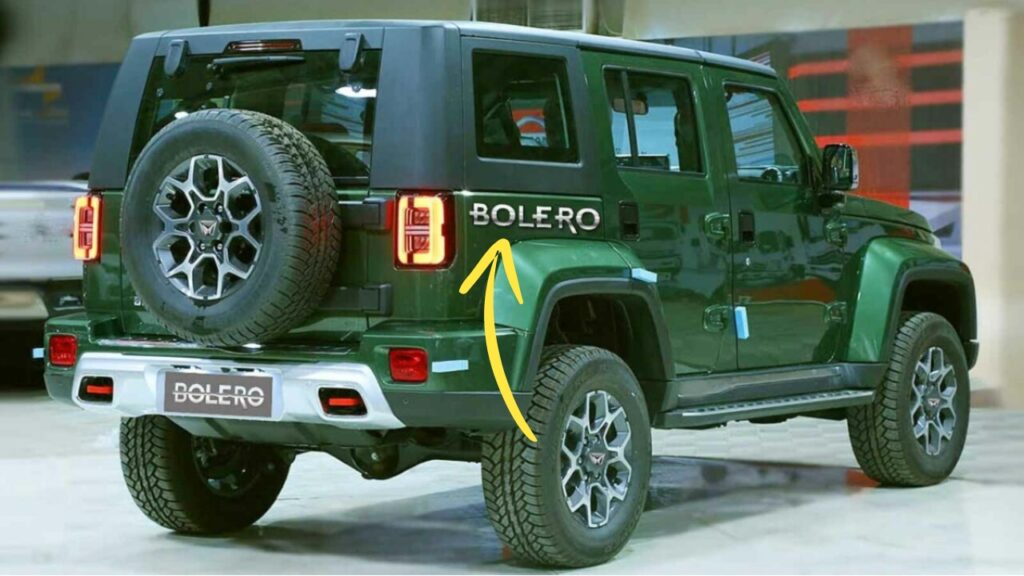Maruti Wagon R : When the Maruti Suzuki Wagon R first rolled onto Indian roads in December 1999, few could have predicted its enduring impact on the nation’s automotive landscape.
Arriving at the cusp of a new millennium, this unassuming hatchback with its distinctive tall-boy design represented a radical departure from conventional small car thinking.
While global automakers were chasing sleeker profiles and sportier aesthetics, Maruti Suzuki made a counterintuitive bet on practicality above all else.
The Wagon R was never meant to turn heads with its boxy silhouette. Rather, it was engineered to maximize interior volume within minimal external dimensions – a philosophy that resonated deeply with the pragmatic sensibilities of Indian families.
Two decades and over 2.8 million units later, this modest hatchback has transcended its utilitarian origins to become a cultural touchstone that reflects the evolving aspirations of India’s growing middle class.
Maruti Wagon R : Design Evolution: Embracing the Box
The Wagon R’s design has always prioritized function over form, embracing its boxy nature rather than disguising it.
When questioned about the car’s somewhat unconventional proportions during its launch, a Maruti executive reportedly quipped, “We’re not selling aesthetics; we’re selling space.” This unapologetic approach to design has evolved across three generations:
First Generation (1999-2010): The original model introduced the distinctive tall-boy silhouette to Indian consumers.
Standing 1,660mm tall with a relatively short wheelbase, it created a unique visual signature that emphasized verticality rather than length. Its large windows and high seating position quickly became defining characteristics.
Second Generation (2010-2019): The sophomore iteration refined the formula with smoother lines and rounded edges while maintaining the fundamental box shape.
Design elements like a more pronounced grille and curved headlamps softened the utilitarian appearance without compromising interior volume.
Third Generation (2019-Present): The current model represents the most significant design evolution, incorporating modern styling cues while preserving the car’s core identity.
Split headlamps, a floating roof effect, and more pronounced character lines give it a contemporary presence, though the silhouette remains instantly recognizable.
Throughout these transitions, the Wagon R has maintained a distinctive design language that prioritizes space efficiency.
Its upright stance facilitates easier ingress and egress – a feature particularly appreciated by elderly passengers – while the tall roof creates an airy cabin environment that belies the car’s compact footprint.
Engineering Intelligence: Maximum Space, Minimum Footprint
The genius of the Wagon R lies in its clever packaging. Despite external dimensions comparable to other small hatchbacks, its interior volume rivals that of larger vehicles. This spatial efficiency stems from several engineering decisions:
Upright seating position allowing for natural posture without sacrificing headroom
Minimal front and rear overhangs maximizing wheelbase relative to length
Thin door panels reclaiming precious interior width
High roof extending throughout the cabin rather than sloping rearward
Flat floor design enhancing perceived spaciousness
Vertical tailgate maximizing luggage capacity
The current generation, built on Suzuki’s HEARTECT platform, further optimizes these principles. With dimensions of 3,655mm length, 1,620mm width, and 1,675mm height, it offers remarkable interior volume for its footprint.
The 341-liter boot capacity expands to 710 liters with the rear seats folded – figures that would be impressive in a larger vehicle.
Powertrain Evolution: From Simplicity to Choice
The Wagon R’s mechanical heart has evolved significantly over its lifetime, reflecting changing consumer expectations and regulatory requirements:
First Generation: Initially powered by the F10D 1.0-liter engine producing 67 bhp, with a focus on reliability over performance.
Second Generation: Introduced the more refined K-series engines with improved efficiency and power delivery, particularly the K10B 1.0-liter unit.
Current Generation: Offers unprecedented powertrain diversity:
1.0-liter K10C DualJet: 67 bhp and 89 Nm, focused on economy
1.2-liter K12N DualJet: 89 bhp and 113 Nm, providing additional power
CNG variants with bi-fuel capability and reduced emissions
Transmission options have similarly expanded from the original 5-speed manual to include a 5-speed automated manual transmission (AMT) branded as AGS (Auto Gear Shift).
This evolution has transformed the Wagon R from a one-size-fits-all proposition to a platform offering genuine choice.
Feature Progression: From Bare Necessities to Modern Comfort
The Wagon R’s feature set has undergone perhaps the most dramatic transformation, reflecting India’s rapid economic development and changing consumer expectations:
Original 1999 Model:
Manual windows and mirrors
Basic air conditioning
Rudimentary audio system
Limited safety features
Today’s Top-Spec Variant:
7-inch SmartPlay Studio touchscreen infotainment
Smartphone connectivity with Apple CarPlay and Android Auto
Steering-mounted controls
Voice recognition
Electrically adjustable and folding mirrors
Rear parking camera and sensors
Keyless entry with push-button start
Height-adjustable driver’s seat
60:40 split folding rear seats
- Dual front airbags and ABS with EBD
This progression from bare essentials to connected convenience mirrors the journey of its customer base from basic mobility needs to aspirational features, all while maintaining accessibility.
Variant Structure and Value Proposition
The Wagon R’s current lineup demonstrates Maruti Suzuki’s understanding of market segmentation:
| Variant | Engine | Transmission | Key Features | Ex-showroom Price (Delhi) |
|---|---|---|---|---|
| LXi | 1.0L | Manual | Power steering, AC, Dual airbags, ABS | ₹5.54 lakh |
| VXi | 1.0L/1.2L | Manual/AMT | Power windows, Audio system, Central locking | ₹6.03-7.08 lakh |
| ZXi | 1.2L | Manual/AMT | Touchscreen, Alloy wheels, Fog lamps | ₹6.67-7.35 lakh |
| S-CNG LXi | 1.0L CNG | Manual | Factory-fitted CNG kit, Dual airbags | ₹6.58 lakh |
| S-CNG VXi | 1.0L CNG | Manual | Power windows, Audio system, Central locking | ₹7.02 lakh |
This structure allows buyers to prioritize their preferences – economy (1.0L), performance (1.2L), convenience (AMT), or running costs (CNG) – while staying within their budget constraints.
The CNG Revolution: Pioneering Alternative Fuel
The Wagon R has been instrumental in mainstreaming CNG technology in India. Unlike aftermarket conversions, Maruti’s factory-fitted S-CNG system offers several advantages:
Seamless integration with vehicle electronics
Warranty coverage for all components
Safety compliance with stringent standards
Intelligent ECU managing fuel selection
Minimal performance compromise compared to aftermarket solutions
For urban users facing rising fuel costs, the CNG variant delivers exceptional economy with running costs approximately 60% lower than petrol equivalents.
The Wagon R S-CNG’s claimed efficiency of 32.52 km/kg translates to per-kilometer costs as low as ₹2.40 based on current CNG prices – a compelling proposition for budget-conscious families and fleet operators alike.
Ownership Experience: The Hidden Value
Beyond specifications and features, the Wagon R’s enduring appeal stems from ownership benefits that don’t appear on brochures:
Service Network: Access to over 4,000 Maruti Suzuki service points nationwide
Maintenance Costs: Average annual service expense of just ₹3,500-5,000
Spare Parts Availability: Ubiquitous parts supply with minimal waiting times
Reliability: Proven mechanical components with extensive testing for Indian conditions
Resale Value: Depreciation typically 10-15% lower than segment competitors
Insurance Premiums: Lower classification resulting in reduced annual outlays
These factors contribute significantly to the total cost of ownership, where the Wagon R consistently outperforms rivals with seemingly similar purchase prices.
Cultural Impact: Beyond Transportation
Few vehicles have permeated Indian society as thoroughly as the Wagon R. Its cultural footprint extends beyond transportation into areas of social signaling and practical utility:
The Aspirational First Car: For countless middle-class families, the Wagon R represents the first step into car ownership
The Practical Choice: Associated with sensible, value-conscious consumers prioritizing function over fashion
The Versatile Workhorse: Equally at home as a family vehicle, taxi, or small business utility car
The Reliable Companion: Often kept within families for extended periods, sometimes spanning generations
The Ubiquitous Presence: A familiar sight across urban and rural landscapes, transcending geographic and demographic boundaries
This cultural integration has created emotional connections that transcend rational decision-making, driving loyalty that competing brands struggle to replicate.
Competitive Landscape: Enduring Relevance
The compact hatchback segment has seen numerous challengers come and go, yet the Wagon R maintains its relevance through continual adaptation:
Hyundai Santro: Offered superior refinement but couldn’t match the Wagon R’s space efficiency
Tata Tiago: Brought improved build quality but at a higher price point
Datsun GO: Attempted to undercut on price but lacked equivalent brand trust
Renault Kwid: Introduced SUV-inspired styling but sacrificed interior volume
Against these alternatives, the Wagon R’s balanced proposition of space, reliability, economy, and service support continues to resonate with pragmatic buyers.
Engineering for Indian Conditions
The Wagon R’s longevity stems partly from its tailored adaptation to Indian operating environments:
Suspension Calibration: Tuned specifically for damaged urban roads and unpaved rural surfaces
Cooling System: Dimensioned for extreme ambient temperatures reaching 45°C
Electrical Components: Protected against dust ingress and moisture exposure
Ground Clearance: Optimized at 165mm to clear speed breakers and uneven terrain
NVH Package: Balanced to provide adequate isolation while maintaining cost efficiency
These adaptations reflect Maruti Suzuki’s deep understanding of real-world usage patterns rather than idealized conditions.
Future Trajectory: Evolution Without Revolution
Looking ahead, the Wagon R appears poised for evolutionary development rather than radical reinvention:
Electrification: Development of mild hybrid and potentially full electric variants
Connected Features: Expansion of telematics and smartphone integration
Safety Enhancements: Gradual incorporation of ADAS features
Interior Materials: Improved tactile qualities while maintaining durability
Powertrain Refinement: Further optimization of efficiency and emissions
These changes will likely be implemented incrementally, maintaining continuity with the existing customer base while gradually elevating the ownership experience.
Maruti Wagon R : The Enduring Appeal of Pragmatism
The Maruti Suzuki Wagon R’s remarkable longevity stems from its fundamental alignment with the practical priorities of Indian consumers.
In a market often seduced by fleeting trends and superficial features, it has remained steadfastly focused on the essentials: space, reliability, economy, and accessibility.
Its boxy silhouette may lack the visual drama of more stylized contemporaries, but this deliberate design choice delivers tangible benefits that matter in daily use.
The high roof creates a sense of spaciousness that belies the car’s compact footprint. The upright seating facilitates easy entry and exit for passengers of all ages.
The vertical tailgate maximizes luggage capacity for family outings and shopping trips.
These practical virtues, combined with Maruti Suzuki’s unparalleled service infrastructure and low running costs, have created a compelling value proposition that transcends mere transportation.
For millions of Indian families, the Wagon R represents not just mobility but a thoughtfully designed living space that accommodates their daily needs without unnecessary complication or expense.
In an automotive landscape increasingly dominated by fashion-driven crossovers and feature-laden competitors, the Wagon R’s continued success stands as testament to the enduring appeal of honest, unpretentious engineering focused on fundamental human requirements rather than fleeting trends.
The Wagon R reminds us that true innovation isn’t always about flashy technology or radical styling, but sometimes about perfecting the basics and delivering them at a price point accessible to the many rather than the few.
In doing so, it has earned something more valuable than momentary excitement – enduring relevance in the lives of Indian families across generations.
